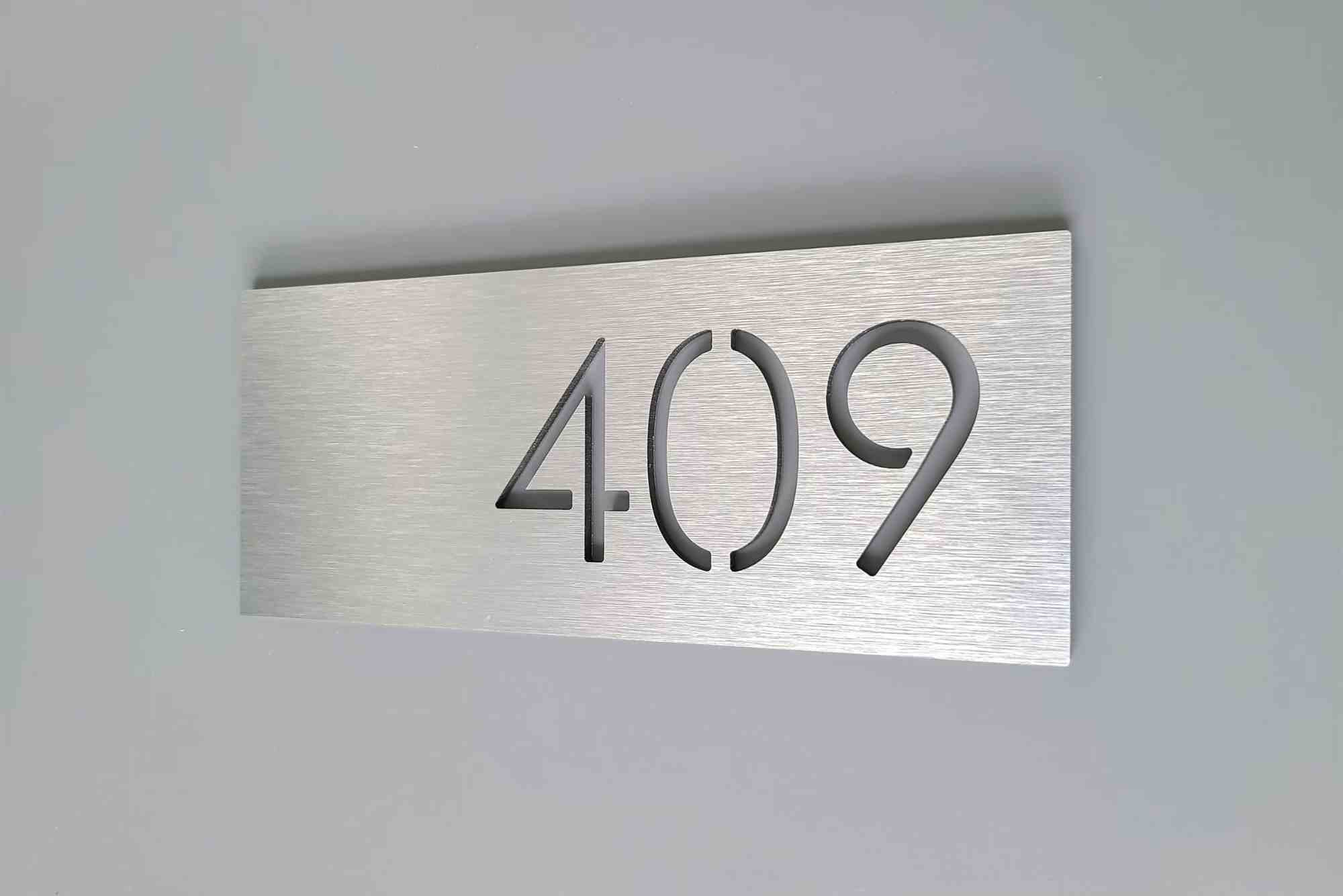Apartment Numbering Explained: What the Digits Really Mean
Understanding apartment numbering can be surprisingly confusing—especially in large buildings, multi-tower complexes, or unfamiliar cities. If you’ve ever struggled to find an apartment or wondered what all the digits in an apartment number really mean, you’re not alone. From simple two-digit units to complex alphanumeric codes, apartment numbers serve more than just a postal purpose. They’re essential for organization, safety, navigation, and convenience.
In this guide, we’ll break down how apartment numbering systems work, why they vary, and how to make sense of them wherever you go.
The Importance of Apartment Numbering
At first glance, apartment numbers might seem like arbitrary codes slapped on doors. But behind every number is a logic designed for efficiency. Whether you’re a resident, visitor, or delivery driver, understanding this system helps you navigate buildings with ease.
Apartment numbering is used to:
- Identify individual units within a building
- Indicate floor levels and sections
- Assist in mail delivery and emergency response
- Support management and recordkeeping
- Guide smart building systems
When apartment numbering is done right, it provides a seamless wayfinding experience. When it’s not, it can lead to frustration, delays, and even safety issues.
Common Apartment Numbering Systems
Apartment numbering typically follows one of several standard formats, depending on the country, region, and even the builder’s preferences. Let’s explore how these systems usually work.
Floor-Based Numbering
This is the most intuitive method. In floor-based apartment numbering, the first digit (or digits) represents the floor number, and the rest indicate the specific unit on that floor.
For example:
- Apartment 305: 3rd floor, unit 5
- Apartment 1202: 12th floor, unit 2
This system allows you to instantly know what floor you’re heading to, making navigation easier for residents and guests.
Alphanumeric Numbering
In some buildings, especially older ones or unique architectural layouts, apartments are labeled using a combination of letters and numbers. Letters often denote the building block or wing, while the number indicates the unit.
For example:
- B-102: Block B, 1st floor, unit 2
- C5-A: Possibly Tower C, 5th unit, entrance A
Alphanumeric systems can seem confusing at first, but they provide essential cues about a building’s layout when understood correctly.
Unit Sequence Numbering
This system numbers apartments sequentially from 1 upward, regardless of floor level. So apartment 23 might be on the 2nd or 3rd floor depending on how many units are on each level.
It’s less intuitive for navigation but can be easier for small buildings with fewer units.
Hybrid Systems
Larger complexes often use a hybrid system combining all elements: building/block designation, floor number, and unit number.
For instance:
- Tower 2, Unit 1406: Tower 2, 14th floor, unit 6
- A-09-03: Block A, 9th floor, 3rd unit
Hybrid numbering is practical for high-density buildings and makes identifying a unit very specific.
What the Digits Actually Mean
Understanding the meaning behind each digit (or group of digits) in apartment numbers helps decode the system. Let’s walk through a few examples:
Example 1: Apartment 403
- 4 = Fourth floor
- 03 = Third unit on the floor
Example 2: Apartment A-207
- A = Block A
- 2 = Second floor
- 07 = Seventh unit
Example 3: Unit 1504 in Tower C
- 15 = Fifteenth floor
- 04 = Fourth apartment
- Tower C = Building identifier
The clearer the system, the easier it is for occupants, guests, couriers, and emergency responders to navigate the property.
Challenges in Apartment Numbering
Despite their purpose, apartment numbers don’t always follow logic. These inconsistencies can arise due to:
- Renovations that change layouts
- Developers prioritizing aesthetics over clarity
- Complexes built in multiple phases
- Different cultural or regional standards
- Legacy systems in older buildings
In some cases, units are labeled in marketing materials (like “Penthouse A” or “Studio Deluxe”) but numbered differently on utility bills or mailboxes.
Tips for Reading Apartment Numbers
To make sense of any apartment numbering system, consider these tips:
Start with the building or block name. Especially in large complexes, the building letter or tower name is essential. It’s your starting point.
Identify the floor number. Usually the first one or two digits will indicate the floor. If there’s a zero at the start (like 0103), it likely means the 1st floor, unit 3.
Check for unit sequence. In sequential numbering systems, higher numbers don’t always mean higher floors—check building maps if available.
Ask or look for posted directories. Many buildings post floor maps or directories near elevators or lobbies. Use them to cross-reference.
Use technology. GPS and delivery apps often include floor info in apartment listings. Take advantage of that data when unsure.
Apartment Numbering and Safety
Apartment numbering plays a crucial role in emergencies. Firefighters, paramedics, and police rely on clear and consistent numbers to find individuals in need quickly.
Poor numbering can cost valuable time during:
- Medical emergencies
- Fires or natural disasters
- Security incidents
- Evacuation procedures
This is why cities and property management teams often follow strict guidelines when labeling apartment units.
Digital Systems and Smart Navigation
With the rise of smart homes and building automation, apartment numbering is evolving. Many modern buildings incorporate digital systems that link apartment numbers with:
- Access control (keyless entry)
- Intercom systems
- Automated deliveries
- Smart lockers or concierge services
These systems depend on clean, logical apartment numbering for integration and performance.
Apartment Numbering Around the World
United States and Canada:
Most buildings use floor-based numbering, often starting with 101 for first-floor units.
United Kingdom:
Often uses flat numbers, e.g., Flat 3, and may include street address components.
Middle East and Asia:
Commonly use block and tower identifiers, often alphanumeric, like “Block D, Flat 09.”
Australia:
Combines building numbers with unit numbers. Example: Unit 12/50 Main Street = Unit 12 in building at 50 Main Street.
Understanding these global patterns helps travelers, expats, and delivery companies operate more effectively.
Why Developers Choose Certain Numbering Systems
Architects and developers usually base their apartment numbering decisions on:
- Building size and layout
- Expected traffic flow
- Fire code and zoning regulations
- Marketing appeal
- Cultural numerology (e.g., avoiding number 4 in some Asian cultures)
Well-thought-out numbering enhances user experience and operational efficiency.
Apartment Numbering Matters More Than You Think
While apartment numbering might seem like a small detail, it’s a cornerstone of building functionality. A logical and consistent system reduces confusion, supports safety, and simplifies everyday life for everyone who interacts with a property.
The next time you see an apartment number, take a second to break it down—you might find that it tells you more than you realized.
FAQs
What does an apartment number mean?
An apartment number usually indicates the floor and specific unit within a building. For example, 402 might be the second unit on the fourth floor.
Why are some apartment numbers alphanumeric?
Alphanumeric apartment numbers help identify blocks, buildings, or wings in large complexes. For instance, B-203 means Block B, 2nd floor, unit 3.
How are apartment numbers assigned?
Developers assign apartment numbers based on floor plans, building layouts, fire codes, and sometimes cultural considerations or aesthetic preferences.
Is apartment number the same as unit number?
Generally, yes. The terms are often used interchangeably, though “unit number” is more common in legal or billing documents.
Why do some apartment buildings skip numbers?
Buildings may skip certain numbers (like 13 or 4) due to superstitions or cultural beliefs. Others may skip numbers to fit specific design criteria.





